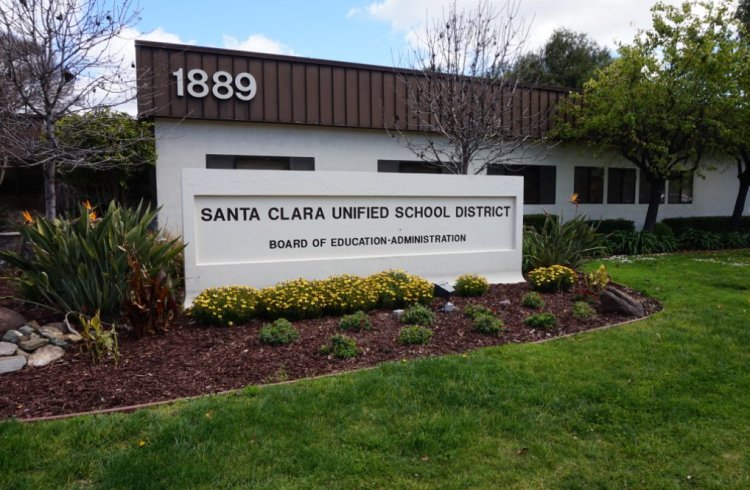SCUSD Stays the Course on Learning Loss
SCUSD Stays the Course on Learning Loss

Santa Clara students face a significant challenge in overcoming pandemic-induced learning setbacks. While learning loss remains widespread across the country, Santa Clara Unified School District (SCUSD) is intensifying its efforts to address the issue.
The pandemic disrupted classroom instruction, leading to declines in test scores and other indicators of student achievement. Repairing this damage is primarily the responsibility of school districts, and SCUSD is taking the task seriously by introducing new programs and enhancing existing ones.
Brad Stam, SCUSD's chief academic and innovation officer, explained that the district is implementing several new initiatives this year while continuing to refine established programs. As the district progresses through its recovery, Stam emphasizes the importance of maintaining focus and avoiding constant shifts in strategy. Effective recovery requires persistent efforts to identify students in need of additional support and provide them with necessary resources.
“The students who were most affected by the pandemic are often from lower-income families,” Stam noted. “Learning loss isn’t something that can be remedied in just one year.”
SCUSD’s situation reflects a broader trend. Studies consistently show that learning loss disproportionately impacts students from low-income families and those whose first language is not English. Despite some progress, math scores in California remain about a third of a grade level behind pre-pandemic levels, according to the Education Recovery Scorecard, a joint research initiative by Harvard and Stanford Universities.
The federal government has invested around $200 billion in education to mitigate learning loss, with mixed results. Dan Goldhaber, the study’s main author, suggests that the crisis conditions of the pandemic hindered the effective allocation of these funds.
The Education Recovery Scorecard estimates that districts need to invest between $9,000 and $13,000 per student to fully address learning gaps in math, with reading recovery requiring nearly double that amount. For SCUSD, with 13,919 students enrolled, this translates to a required investment of between $125.2 million and $180.9 million for math recovery alone.
However, there is debate over the effectiveness of measuring educational progress solely through test scores. Mathematician John Ewing, in a Forbes op-ed, argued that poor test results don’t necessarily indicate lost knowledge, but rather a need for students to reassemble their understanding. Stanford professor Jo Boaler echoed similar sentiments, suggesting that despite the pandemic, many students continued to engage in meaningful learning.
In contrast, some critics insist that learning loss remains a critical issue. Nathaniel Grossman, deputy director at the Center for Education Reform, asserts that learning loss is a profound generational issue that must be addressed with continued diligence.
Looking ahead, SCUSD will continue its Math Pathways program into its second year, which offers compacted, tailored classes. The district will also maintain its focus on chronically absent students and expand its Positive Behavioral Interventions and Support (PBIS) program to middle and high schools. New initiatives include the Expanded Learning Opportunities program for after-school enrichment, a phonics program targeting non-native English speakers, and increased access to tutoring.
Aja Sulak, a parent of a student who experienced remote learning during the pandemic, appreciates the district's balance between academic and social-emotional support. She also calls for improved communication from teachers and more one-on-one educational support.
SCUSD’s Local Control and Accountability Plan incorporates feedback from 1,100 respondents, aiming to create inclusive and diverse educational environments. The phonics program is budgeted at approximately $2 million, with the tutoring program expected to cost in the six figures and Math Pathways in the multi-millions.
Despite the investments, there is a pressing need for transparency in how these funds are spent and the results they yield. The recent Alameda County Court ruling in California, mandating the state to allocate $2 billion in federal funds for high-needs students, underscores the importance of effective and accountable use of educational resources. Whether SCUSD can demonstrate meaningful results with its spending remains to be seen.







